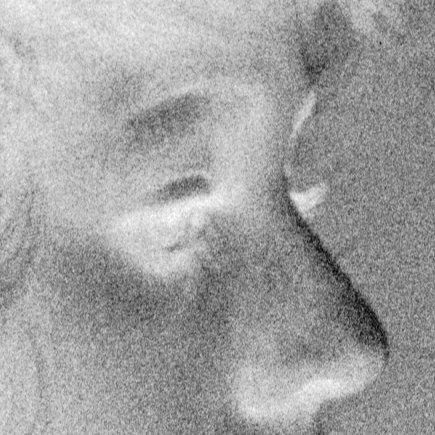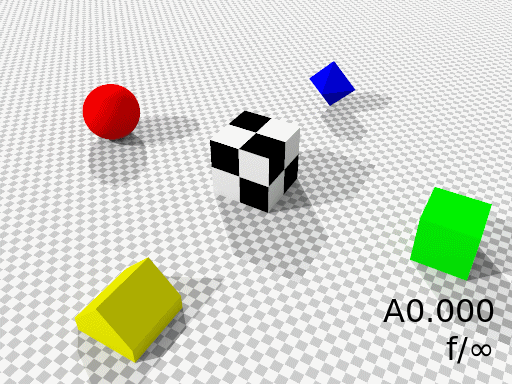Y13 DIGITAL MEDIA
Friday, 17 November 2017
Friday, 10 November 2017
LO2: LIGHTING TECHNIQUES
Sources of light:
Direct light= usually strong light aimed/pointing directly at a subject and/or object, sharp shadows & highlights.
Indirect light= surrounds the scene e.g. flood lights & ambient light. Natural light is usually indirect
OPEN FACED LIGHTS cast hard light with sharp shadows and can be used as key lights. Only used in film & lacking in any type of lens, the 1kW versions can be known as Redheads with the 2kW versions known as Blondes.
Fresnel lamps were originally used in lighthouses, and later became useful in film & theatre production due to the avoidance of hotspots and the even light as well as the compact lens.
LED panels - used to pour light onto scenes. LED lights used less energy which saves the cost for film studios. Less heat is also generated , meaning that the actor will avoid getting too hot.
Practicals include neon signs, candle lights, conventional lamps and natural daylight. Many 'Noir' films use practicals and in some cases, open faced lights, usually one-point (as seen with the shadows.
Barn doors
If the set of a TV studio is indoors, the artificial lighting will have to be used in case the lighting is so low the camera displays pitch black due to the lack of light.
In photography, mainly portrait an the "redhead" open faced light, blanket lights (LED panels?), reclectors ( which reflect light in certain directions ) and soft boxes.
ONE- POINT LIGHTING only requires a key light usually pointing towards the subject as
TWO-POINT LIGHTING has a fill light, lower than the key light and THREE-POINT LIGHTING includes a back light which if strong can create a halo effect.
One-point is seen in many horror titles for the low, key lighting as 2 point or natural light would be used in a factual program whilst 3point would be used in high-key lighting e.g. staged productions.
OPEN FACED LIGHTS cast hard light with sharp shadows and can be used as key lights. Only used in film & lacking in any type of lens, the 1kW versions can be known as Redheads with the 2kW versions known as Blondes.
Fresnel lamps were originally used in lighthouses, and later became useful in film & theatre production due to the avoidance of hotspots and the even light as well as the compact lens.
LED panels - used to pour light onto scenes. LED lights used less energy which saves the cost for film studios. Less heat is also generated , meaning that the actor will avoid getting too hot.
Practicals include neon signs, candle lights, conventional lamps and natural daylight. Many 'Noir' films use practicals and in some cases, open faced lights, usually one-point (as seen with the shadows.
Barn doors
If the set of a TV studio is indoors, the artificial lighting will have to be used in case the lighting is so low the camera displays pitch black due to the lack of light.
In photography, mainly portrait an the "redhead" open faced light, blanket lights (LED panels?), reclectors ( which reflect light in certain directions ) and soft boxes.
ONE- POINT LIGHTING only requires a key light usually pointing towards the subject as
TWO-POINT LIGHTING has a fill light, lower than the key light and THREE-POINT LIGHTING includes a back light which if strong can create a halo effect.
One-point is seen in many horror titles for the low, key lighting as 2 point or natural light would be used in a factual program whilst 3point would be used in high-key lighting e.g. staged productions.
LO1:CAMERAS & CAMERA SETTINGS
cinematography research : composition exercise
Here are examples of practiced camera techniques and compositions that can be seen in many films which were part of the task for this learning objective.
single point perspective
diagonals
curves & more perspective
high angle shot
rule of thirds
???
rule of thirds/site of old college
triangle (street sign, entrance of house/flat, satellite tv receiver)
rule of thirds
depth of field/close shot
LO1: Cameras & Camera Settings
USES OF CAMERA EQUIPMENT
Prime lens (1 focal length, wider maximum apertures)
Zoom lens : available with 24-70mm focal length, used in professional photography.
Standard lens (usually 50mm focal length)
Wide-angle- lens
Tele-photo
Macro: Designed for close-up, mainly with a reproduction ratio of 1:1...
Manual (specifically made for manual focus & zoom.)
Pancake lens: a compact lens with a 28-40mm focal length
Superzoom
Telephoto zoom: Shortest focal length begins in the telephoto region e.g. on a DSLR camera 70-300mm lens & an 100-400mm optic lens
Portrait
Mirror (instead of glass this lens uses mirrors to refract light into the camera, allowing brighter shots.
Tiltshift
fisheye lens: used to display additional corners. Used in astrophotography and other expansive scenes

 Exposure settings
Exposure settings
 Aperture with f-stops visible below and the exposure on the left side
Aperture with f-stops visible below and the exposure on the left side

Camera Equipment Settings 1) the “exposure triangle”
The exposure triangle is formed wtth the ISO (light exposure), the aperture size (depth of field) and the shutter speed combined. Photographs and film styles have been dependable on the three aspects that form the exposure
2) Shutter speed
The exposure time as the shutter opens and closes. Calculated as a fracture of a second e.g. 1/15, 1/125. The picture is usually darker ( for night vision if the shutter speed is longer.
3) ISO
ISO refers to the light sensitivity level on a camera. A low ISO (e.g. 100, 200) level is for low sensitivity as a high ISO e.g. 800, 1600 means higher sensitivity. Film grain will be more visible with a high ISO.
4) Aperture and f.stops
The aperture is a hole within the camera lens which makes the lighting possible in a photograph or film. This size of the aperture can also affect the depth of field the focal ratio is the calculation for the aperture size and the depth of field.
5) Depth Of Field
In photography, the depth of field is the focus length of a shot or scene in a film, A narrow depth of field refers to the when the focus length is close, with only the foreground visible ,whilst a wide depth of field describes a shot where the focus length is high, thus objects from a far distance can be seen.
College Equipment Settings
oct 13
camera settings
Lighting settings ???
???
Shutter speed with the options below. 1/50 is one of the lower shutter speeds
The F2.4 setting features a narrow depth of field
Audio considerations





















































